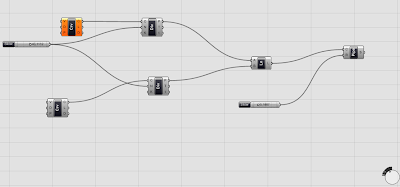









 Subdivision modeling is derived from the idea that as a work is progressed, should the artist want to make his work appear less sharp, or "blocky", each face would be divided up into smaller, more detailed faces (usually into sets of four). However, more experienced box modelers manage to create their model without subdividing the faces of the model. Basically, box modeling is broken down into the very basic concept of polygonal management.
Subdivision modeling is derived from the idea that as a work is progressed, should the artist want to make his work appear less sharp, or "blocky", each face would be divided up into smaller, more detailed faces (usually into sets of four). However, more experienced box modelers manage to create their model without subdividing the faces of the model. Basically, box modeling is broken down into the very basic concept of polygonal management.

































